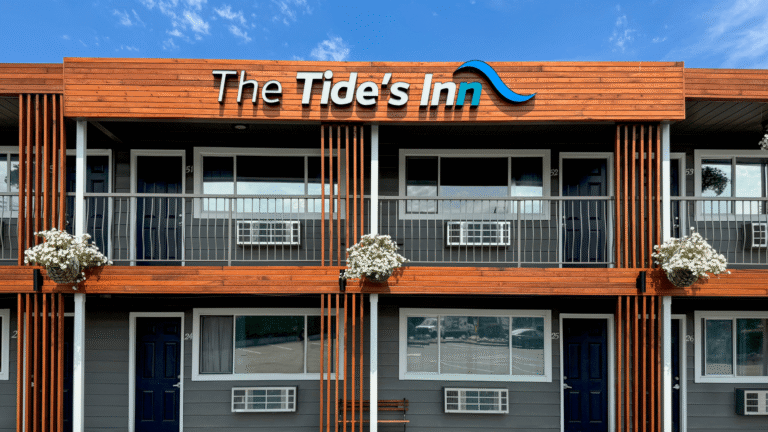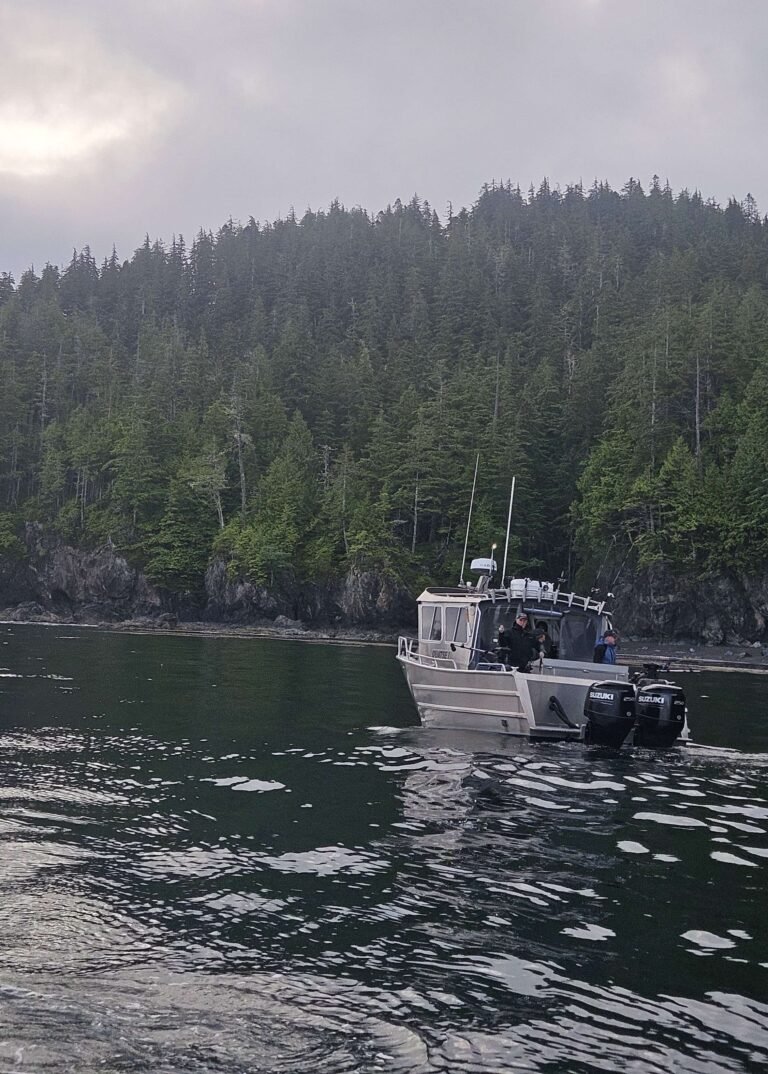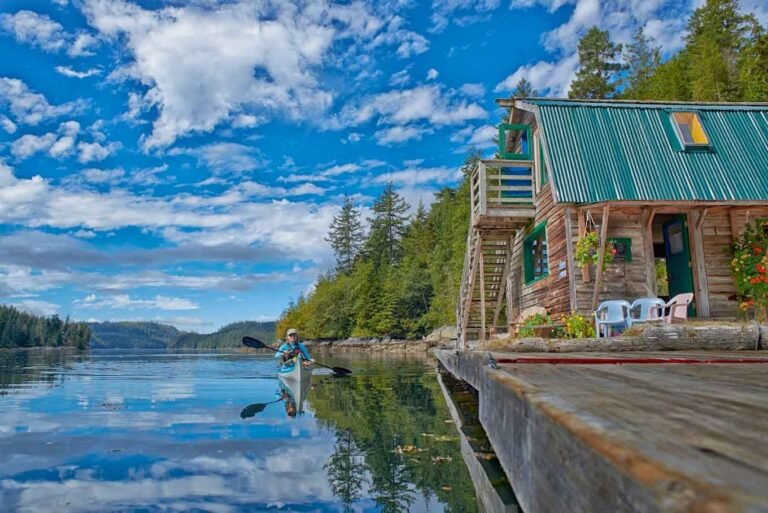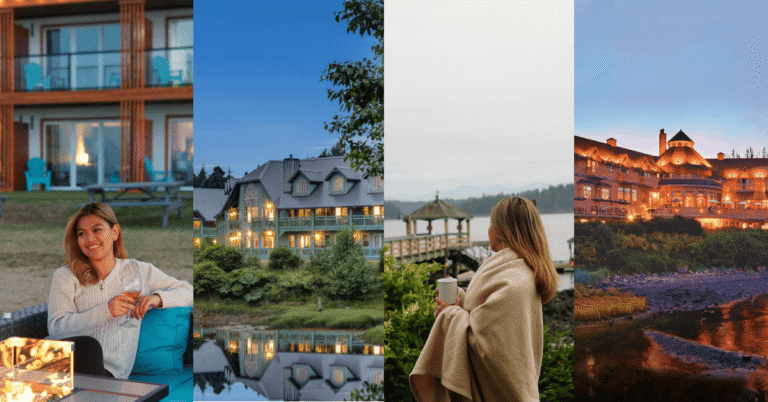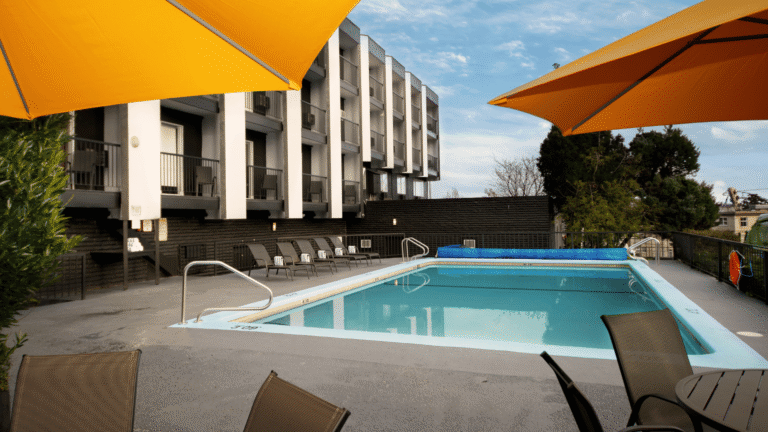Totem poles are wonderful examples of aboriginal art – the ancient practice of totem carving has been handed down through generations as a way of preserving the history of local native heritage as well as honouring tribal rituals and sacred spirits of people.
There are many ways to experience the rich culture and native heritage of British Columbia’s most fascinating people. There are annual powwows and a multitude of First Nations cultural journeys in every corner of the province.
The aboriginal peoples of B.C. have maintained their diverse cultures by breathing life into ancient traditions and customs and welcome all of us to experience it. For your own exploration of some of the best totem poles and aboriginal art in British Columbia here are a few areas worth visiting.
Vancouver and the Fraser Valley
In the heart of Vancouver, at Stanley Park, a collection of Kwakiutl and Haida totem poles represents styles from a few of the northwest Pacific coast native traditions.
The Museum of Anthropology at the University of British Columbia, in Vancouver, holds an impressive collection of Pacific Northwest aboriginal artifacts, including a definitive collection of west coast totem poles.
The Capilano Suspension Bridge and Park, in North Vancouver, offers a thrilling adventure 70 m (230 feet) above the Capilano River. The park features colourful totem poles beautifully maintained in their original condition. In summer watch First Nations artists at work in the longhouse carving centre.
Northern British Columbia
West of Prince George along Highway 16 is the Kitwanga Fort National Historic Site. This fort, known on maps and signs as Battle Hill, was constructed on top of a glacial mound overlooking the river. The most famous warrior to occupy this fort was a man known as Nekt. His descendants continue to live in the native villages of the area.
Stop at the small village of Kitwancool to see what are reputed to be the oldest and finest examples of totem poles. The three poles mounted together directly in front of the Gitanyow Band Council office are among the most intricately designed ones of the whole group and demonstrate that the carving tradition here is stronger than ever.
Take a side trip to the ‘Ksan Historical Village and Museum in Hazelton. The museum in one of the long houses honours the Gitksan ancestors, who were graced with such abundance that they had time to beautify the items they carved for everyday use. Seven decorated tribal houses fronted with several totems stand silently on the banks of the Skeena and Bulkley rivers.
Board a BC Ferry in Prince Rupert and cross the Hecate Strait to the breathtaking islands of Haida Gwaii, formerly called the Queen Charlotte Islands. They lie on the edge of the province’s collective memory like a dream scarce remembered; mythical and elusive, full of meaning and beauty, yet incomprehensible to the waking mind. Many visitors come to the islands to see the abandoned villages on Moresby Island, accessible only by boat. Anthony Island, home of the old Haida village of Ninstints, is located within the boundaries of Gwaii Haanas National Park Reserve, and is a World Heritage Site.
Return to Prince Rupert and visit the Museum of Northern British Columbia, which houses an exceptional collection of Tsimshian artifacts. Tsimshian people continue to live in the area of Prince Rupert and on hundreds of offshore islands. BC Ferries connects the community of Prince Rupert with Port Hardy, at the northeastern end of Vancouver Island. The magnificent 15 hour cruise down the Inside Passage leads through majestic fjords and a maze of narrow channels. Snow and ice coat the peaks of the mountains, and their shoulders plunge to the tideline. So rugged is most of this coast that if you were exploring here by kayak, you’d be challenged to find a welcoming landing site. Keep your camera handy – passengers should keep their eyes peeled for a whale or dolphin in Queen Charlotte Sound. With luck you might even see a white-coated Kermode bear on Princess Royal Island’s lengthy shoreline.
Vancouver Island and the Gulf Islands
Alert Bay: The U’mista Cultural Centre at Alert Bay houses one of the finest collections of historical artifacts and elaborately carved masks depicting the Potlatch Ceremony of the Kwakwaka’wakw people. Alert Bay lies cradled in the arms of Cormorant Island, easily accessible by a scenic ferry ride from Port McNeill on Vancouver Island.
The Dominion Government outlawed the ceremony of the Potlatch in 1884 and authorities began to seize ceremonial regalia, including masks, rattles, robes and coppers. These ceremonies, which mark important occasions such as births, marriages, deaths or the transfer of names, were forced underground following this ruling. After more than 65 years, the confiscated items were returned from museums and private collections throughout North America.
Located on the northern end of Cormorant Island, on the outskirts of the Nimpkish Reserve at Alert Bay, stands the world’s tallest totem pole at a height of 52.7 metres (173 feet) – the totem is comprised of two parts. Unlike most totem poles, which are specific to a particular family, the thirteen figures depicted on this pole represent many of the tribes of the Kwakwaka’wakw nation. A collection of memorial poles may be viewed from the roadway at the Namgis Burial Grounds at Alert Bay.
Follow Highway 19 south to Campbell River. The rich native heritage of Campbell River is proudly displayed in the Campbell River Museum, which features a fine display of contemporary native masks and ceremonial items. Totem poles can be viewed at various sites throughout Campbell River: Tyee Plaza Shopping Centre, Foreshore Park, Coast Discovery Inn and Discovery Harbour Centre.
Quadra Island: A ten-minute ferry ride from Campbell River is well worth a visit. The Nuyumbalees Cultural Center (formerly Kwagiulth Museum) at Cape Mudge, on Quadra Island, displays an impressive collection of masks, potlatch regalia, rattles, whistles and other ceremonial objects associated with winter dances. These are some of the items that have filtered back from private collections over the years, after the Government of Canada first outlawed the ceremony in the early part of the 20th century.
Tofino: The Eagle Aerie Gallery located in Tofino displays interior totem poles and works of art by renowned artist Roy Vickers.
Duncan: Native history and culture are apparent throughout Duncan, the “City of Totems.” A short stroll south from the museum, there are 41 intriguing totem poles to see on the self-guided walking tour – just follow the yellow footprints on Duncan’s sidewalks, which provide a path through the sites – and the fascinating world of totem poles. The Quw’utsun’ Cultural and Conference Centre, in downtown Duncan, recreates the history and traditions of the coastal people in its buildings, displays and excellent presentations. Under the roof of a large carving shed, totem poles take shape; visitors may view work in progress.
Victoria: The Royal British Columbia Museum located in the inner harbour area of Victoria, presents a premier collection of native artifacts. Outside the museum, protected from the elements, stand some of the oldest totem poles and greet figures ever collected and preserved.
Totem poles carved in the styles of aboriginal people throughout British Columbia can be seen in Thunderbird Park, adjacent to the Royal British Columbia Museum.
In 1956, renowned Kwakwaka’wakw artist Mungo Martin and his team raised the world’s tallest free-standing totem pole – at 38.8 metre (128 foot) located in Beacon Hill Park, Victoria.
Sunshine Coast
Sechelt: Twelve Coast Salish totems look out over Trail Bay, at Sechelt on the Sunshine Coast. These totem poles recount the history of the Sechelt Nation, the first band in Canada to achieve self-government.


